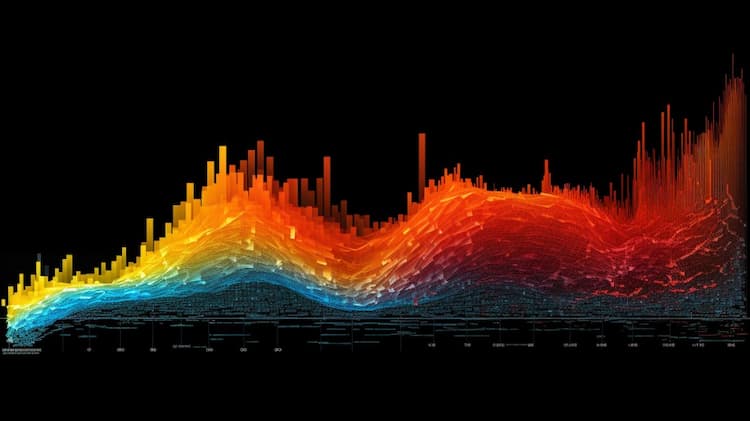
MCHI VS PEK: A Comprehensive Comparison of ETFs
Exchange-Traded Funds (ETFs) have revolutionized the investment world, offering diversified exposure across various sectors and asset classes. In this article, we will conduct an in-depth comparison between two prominent ETFs: MCHI (iShares MSCI China ETF) and PEK (VanEck Vectors ChinaAMC CSI 300 ETF). This comprehensive analysis will cover essential aspects such as tickers, full names, issuers, sectors, top holdings, capitalization, strategy, tracking, and exposure.
MCHI VS PEK: Overview
MCHI and PEK are two ETFs that provide distinct approaches to investing in the Chinese market. MCHI seeks to replicate the performance of the MSCI China Index, while PEK aims to track the CSI 300 Index, composed of 300 A-share stocks listed on the Shanghai and Shenzhen stock exchanges. This fundamental difference in index composition and tracking methodology lays the foundation for further exploration of these ETFs.
MCHI VS PEK: Sectors and Top Holdings
The MCHI ETF offers exposure to a broad range of sectors within the Chinese equity market. Its top holdings include prominent Chinese companies like Alibaba Group Holding, Tencent Holdings, and Meituan Dianping. On the other hand, PEK focuses on a narrower spectrum of sectors, mainly due to its concentration on the CSI 300 Index. Analyzing the sectors and top holdings assists investors in understanding the diversification and concentration levels of these ETFs.
 MCHI overlap MCHI VS PEK: A Comprehensive Comparison of ETFs
MCHI overlap MCHI VS PEK: A Comprehensive Comparison of ETFs
MCHI VS PEK: Capitalization and Strategy
MCHI boasts a significant asset under management (AUM) due to its popularity among investors seeking exposure to China's economic growth. Its strategy revolves around capturing the overall performance of Chinese equities. Meanwhile, PEK's strategy centers on tracking the performance of the CSI 300 Index, making it more concentrated but potentially offering unique opportunities. The varying capitalization and strategic approaches present investors with choices tailored to their risk preferences.
MCHI VS PEK: Tracking and Exposure
The MCHI ETF uses its underlying index to provide exposure to a broad array of Chinese companies across various industries. On the other hand, PEK's focus on the CSI 300 Index means it offers concentrated exposure to a subset of leading A-share stocks. Understanding the tracking mechanisms and exposure nuances is crucial for investors to align their portfolios with their expectations of China's economic performance.
Conclusion
MCHI and PEK stand as distinctive ETFs, each offering a specialized pathway into investing in China's dynamic market. As investors seek deeper insights into holdings, correlations, overlaps, and more, ETF insider emerges as the ultimate tool. With its user-friendly app, it empowers investors with extensive details on these ETFs and other financial instruments, enabling informed decisions.
Disclaimer: This article does not provide any investment advisory services.
Sources:
iShares by BlackRock. (n.d.). iShares MSCI China ETF (MCHI). Retrieved from https://www.ishares.com/us/products/239624/ishares-msci-china-etf
VanEck. (n.d.). VanEck Vectors ChinaAMC CSI 300 ETF (PEK). Retrieved from https://www.vaneck.com/us/en/investments/chinaamc-csi-300-etf-pek/uspekinf-portfolio
MCHI ETF issuer
MCHI ETF official page
MCHI quote and analysis
Discover the top holdings, correlations, and overlaps of ETFs using our visualization tool.
Our app allows you to build and track your portfolio.
To learn more about the MCHI iShares MSCI China ETF, access our dedicated page now.


















